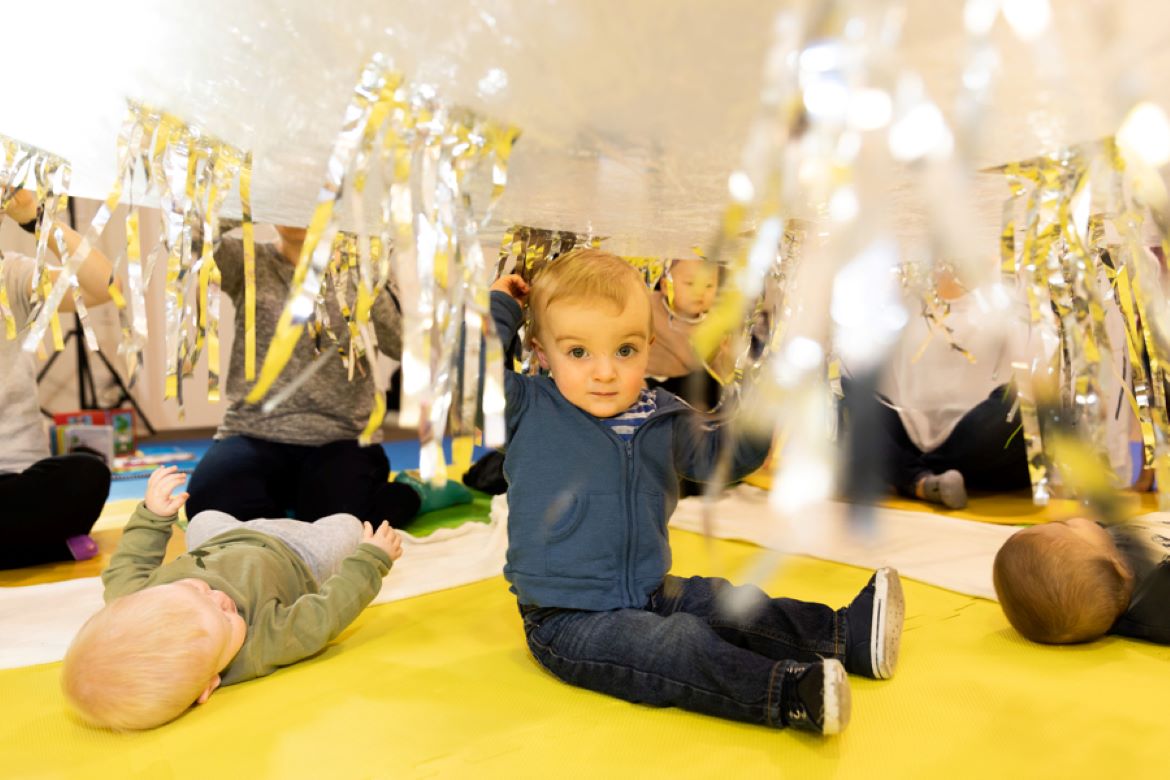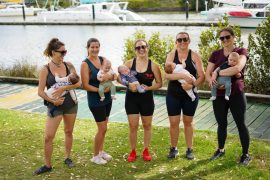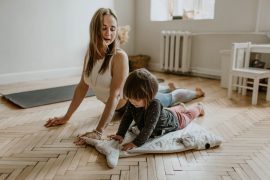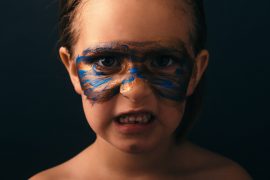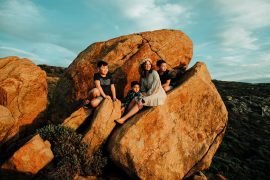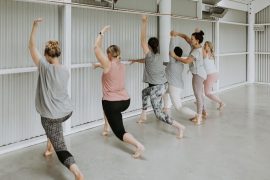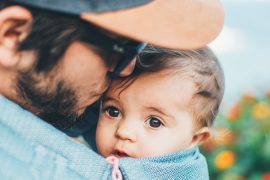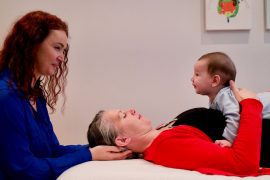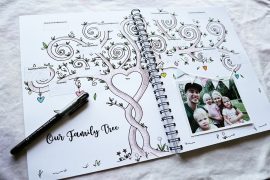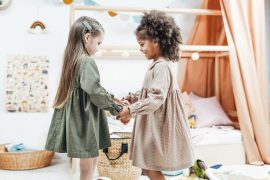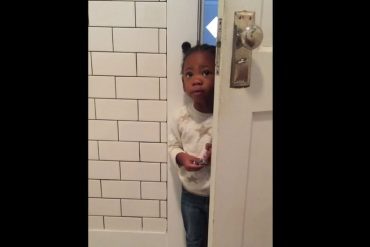By Toni O’Dell, Baby Sensory New Zealand
“Babies learn best when they experience things that they can see, hear, touch, smell or taste. It is how they gain knowledge of themselves and learn about the world”.
When your baby is alert and you’re ready to play, sensory activities that you can do include cuddling, reading stories, listening to music, and exploring interesting shapes, colourful objects and toys. Games such as peek-a-boo, blowing ‘raspberries’ and tickling your baby with a soft brush or scarf are also delightful ways to stimulate your baby’s senses and have fun together.
Routine activities such as feeding, nappy changing, dressing, bath time and preparing for sleep also provide opportunities for sensory development.
When you go out, a trip to the supermarket offers a rich opportunity to discover new sights, smells and textures. The fresh fruit or herb counters are good places to start. A nature walk, a trip to the zoo or beach will provide a complete sensory experience.
Seeing objects moving at close and far range, smelling freshly mown grass, feeling the texture of sand, water or dried leaves, and hearing animal noises or birds singing will stimulate your baby’s senses.
You can also join an organised group activity such as Baby Sensory, where you will explore a wealth of sensory experiences with your baby, meet other parents, and gain ideas for home use. Babies especially love hearing the sing and sign song ‘Say Hello to the Sun’ at the beginning of the session and parents and babies soon learn to communicate with signs.
Dr Lin Day founded Baby Sensory in 2003 – she originally trained as a paediatric nurse, re-trained to run a hugely popular nursery for fifteen years and today is a renowned expert and published author within the field of sensory development. She has also written the follow-on adventure programme called ‘Toddler Sense’ so that little ones can continue their learning journey once they graduate from Baby Sensory.
Our classes introduce babies to a world of sensory delights, where babies and their parents can relax, have fun and share some truly special times. For ours is a magical world, full of glowing balls, light shows, puppets, bubbles, rainbows, massage, signing and songs, with new activities introduced every week. Imagination is a vital part of childhood and together we’ll dance in the snow or dive under the waves, trek through a rainforest or sing shanties with pirates.
Sensory development and activities
Sights
At birth, your baby can see colours, although they may appear blurry. That’s because the brain and eyes are still developing. It will take a few months before your baby can see colours clearly. However, even at this early stage of development, your baby can track the movement of an object. You can help your baby develop this skill by slowly moving a colourful toy across her field of vision or by hanging a mobile above her cot.
Bold black and white images, bright shapes and shiny objects will also stimulate your baby’s senses and maintain interest and concentration.
When you hold your newborn baby close, she’ll fixate on your eyes and study your facial expressions and mouth movements. Your baby may even stick out her tongue when you stick out yours! Your baby can grasp an object from the moment she is born, but from about three months on, she’ll reach out for her favourite toys, which shows that her eye-hand coordination is developing. By the time your baby is nine months-old, she’ll pick up small objects using her thumb and forefinger. At this time, you’ll need to be extra careful about safety.
Sounds
Having listened to your voice in the womb, your baby will freeze when she hears you talk within minutes of the birth. She’ll also know the difference between your voice and that of a stranger. To help your baby tune in to the rhythms and patterns of speech, use simple, slow, repetitive sounds, and high and low pitches. When you change your baby’s nappy, talk or sing to her. She may respond with cooing sounds or throaty gurgles to show you that she’s listening!
Your baby will recognise lullabies and tunes heard in utero and find them comforting. Other sounds similar to those heard in the womb include the rhythmic sound of your heartbeat, shushing, and white noise such as the tumble drier, vacuum cleaner or the hum of a car engine.
Nature sounds such as rain, ocean waves, running water, a bubbling brook or fish tank are also very soothing.
Books are a wonderful way to introduce new sounds and words and they offer the perfect excuse to cuddle up and spend quality time together. Music is another sensory delight that can help your baby learn different rhythms and sound patterns, and drift into peaceful sleep at the end of a busy day.
From about seven months of age, most babies will move rhythmically to music with a strong rhythm or repeat. Towards the end of the first year, they may clap their hands and stamp their feet in time to the music and mood expressed. If music is introduced early on, babies and toddlers will naturally integrate the sounds and vibrations into their body movements.

